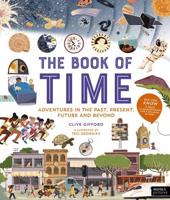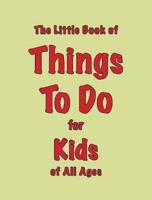Publisher's Synopsis
This neurostory may interest a varied audience, including parents, educators and caregivers, as well as children and adolescents. Some specific audiences that might find this tale appealing include;
1. Parents and caregivers: Parents and caregivers can identify with the parents in the story and find inspiration in their process of reflection and change of focus in the education of their children. The story offers a lesson on the importance of explaining values and principles to children instead of depending on external rewards or blackmail.
2. Educators and professionals in the educational field: Educators can find in this story a lesson about the importance of intrinsically motivating students to encourage responsible and ethical behavior. It reminds them of the need to focus on values and principles, rather than material rewards, to help children develop a solid foundation of responsibility.
3. Children and adolescents: Children and adolescents can find in this story a story of growth and learning. It teaches them about the importance of understanding the intrinsic value of responsibility and ethical behavior, rather than relying on external rewards. It can motivate them to develop an internal motivation to act with integrity in their lives.
4. People Interested in Education and Conscious Parenting: Those interested in education and parenting approaches that focus on developing values and principles may find this story engaging. It reminds them of the importance of cultivating internal motivation in children and adolescents to encourage responsible and ethical behavior.
In short, this therapeutic tale offers a lesson on the importance of fostering intrinsic motivation and explaining values and principles to children and adolescents in order to cultivate responsible and ethical behavior. It may resonate with a diverse audience, including parents, educators, children and adolescents, and those interested in education and mindful parenting.
In addition, the story can be used in educational contexts because it addresses different pedagogical learning styles that allows students to be addressed in their diversity.









